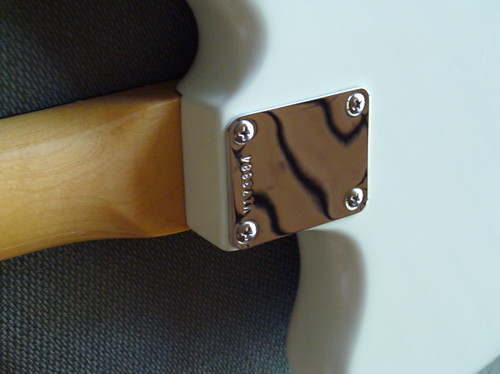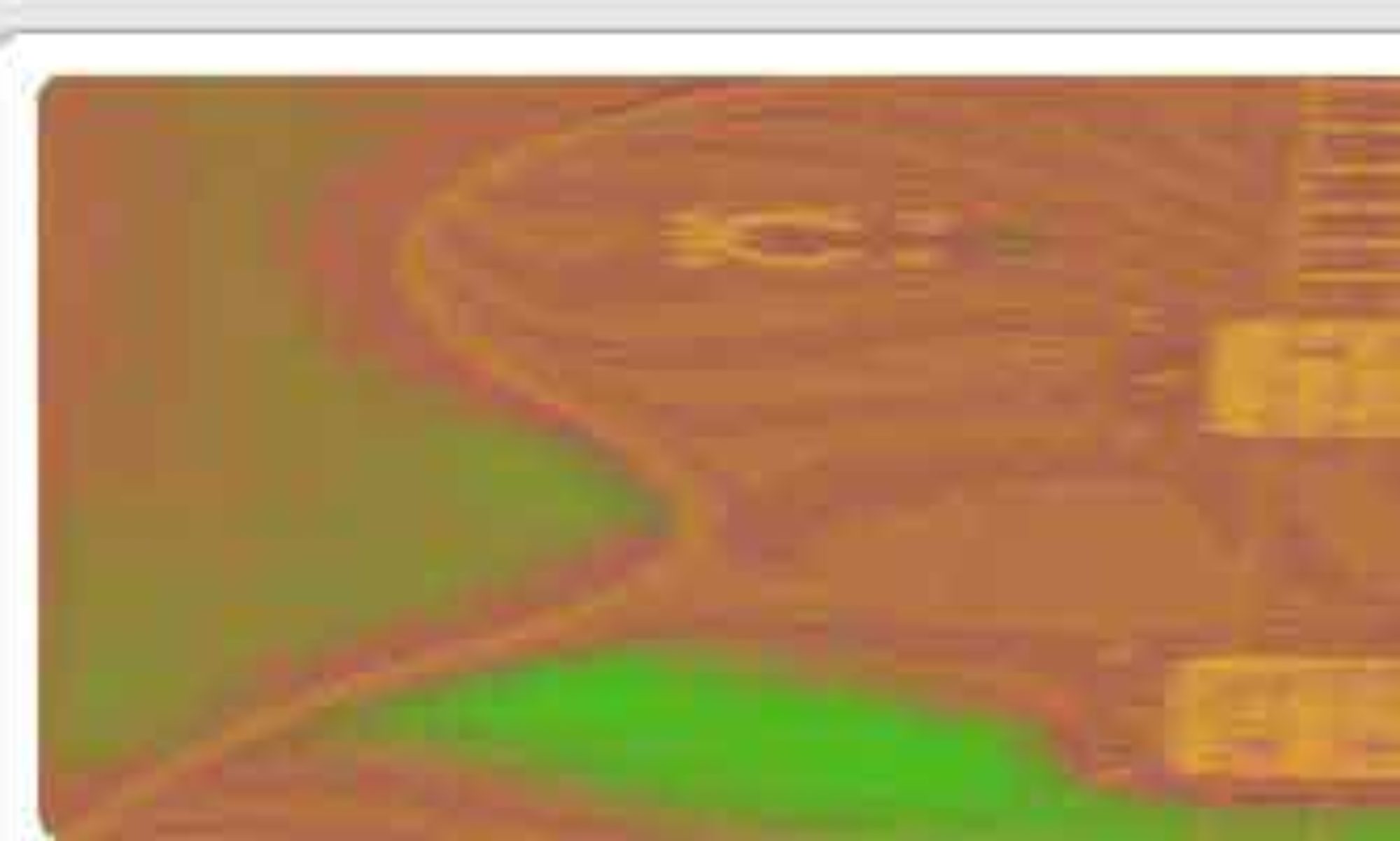
NOTE: THERE IS A NEW POST WITH TABS ON THIS TOPIC!
Musicians have to learn scales, for scales are the raw material of melodies as well as the raw material of improvised solos.
For psychedelic music one might denote certain scales, but it won’t suffice to just climb them up and down, as one will have to learn how to use these notes.
From my own experience I would recommend the mixolydian scale. Listen to, for instance, “Ride my see-saw” by the Moody Blues. The solo (near the end) is pure mixolydian. But there is no scale reserved for psychedelic styles. So all the scales common in rock music, above all minor pentatonic, if played in a certain way, will sound psychedelic.
So what are these ways of playing? As a hint, you can read this former post.
Or, listen to this former sound track, using the mixolydian scale.
Keep in mind Indian music had a great impact on sixties’ music, especially around 1966/67. Modal soloing over a droning root can be a key to sounding psychedelic. One of the most efficient playing techniques is the use of just one string, regarding the guitar as a sitar. Crazy vibratos, whammy bar effects, and slides add to an overall oriental impression. Oriental sounding scales, such as harmonic minor or phrygian, enhance that effect. Bendings, at times combined with additional vibrato, and double stop bendings on strings g and b are very common.
There is no particular guitar or amp or scale or substance needed (though it might help), for psychedelic music is an attitude. It emanates from a surreal mindset. Studying surrealism is a good starting point.
A fine analysis of psychedelic music styles (with reference to surrealism) is found in Tim Ellison’s book “The band are not quite right” (free download). Thanks to “psy-curious” who led me there!

Appendix: examples of the above mentioned scales in the key of A:
Mixolydian: a-b-c#-d-e-f#-g-a. Minor pentatonic: a-c-d-e-g-a. Harmonic minor: a-b-c-d-e-f-g#-a.Phrygian: a-bb-c-d-e-f-g-a.
